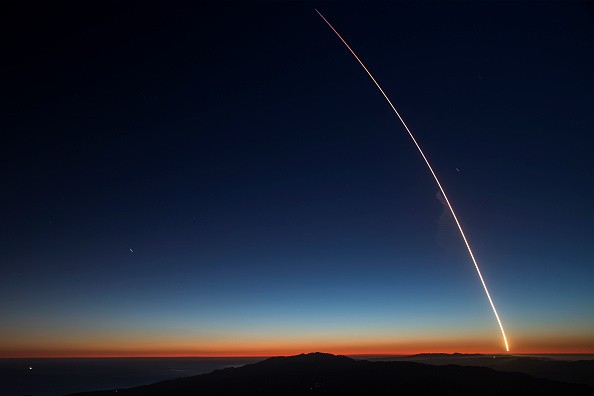Laser-powered spacecraft can soon be a thing in space travel. Once arrive, they are expected to be more efficient alternatives or replacements for the fuel-propelled rockets used by NASA and other space agencies.

However, experts claimed that if ever they are created, they will have the size of cellphones. This simply means that they will be used to conduct space mission observations instead of bringing humans to other heavenly bodies.
Because of their tiny sizes, they can't carry huge and heavy cargo. Although they are smaller than conventional rockets, they can still travel longer distances at faster speeds.
Laser-Powered Spacecraft's Efficiency
According to Space.Com's latest report, the rockets used by NASA and other space agencies still take years just to travel the solar system.

Also Read : SpaceX Launches 47 Satellites to Orbit in its 9th Falcon 9 Launch in the First 9 Weeks of the Year
This can be seen in the New Horizons spacecraft, which took around 10 years to reach Pluto. Now, imagine the current rockets trying to conduct interstellar travels.
Space experts stated that conventional spacecraft would take thousands of years to reach other heavenly bodies outside the solar system.
The scenario with laser-propelled rockets is quite different. Researchers claimed that these tiny spacecraft models could reach other stars within a human lifetime, which is around 75 years.
Aside from this, it also doesn't emit a carbon footprint since laser-powered rockets don't rely on burning fuel as a propellant.
Issues of Fuel-Powered Rockets
As of the moment, SpaceX's Falcon 9 and other commonly used rockets are limited since they rely on fuel. Since this propellant works by burning it up, conventional rockets can also run out of fuel.
Although space companies integrate additional support propellants, they only last for short. Once all the fuel of a rocket is burned up, it will only rely on the natural space force.
Science Focus also reported that conventional rockets also harm Earth since they create a hefty carbon footprint that can endanger the environment.
In other news, NASA James Webb Space Telescope will soon study Pluto and other cold heavenly bodies. Meanwhile, the recent SpaceX Starlink launch was able to send 50 new cube sats into orbit.
For more news updates about laser-powered spacecraft and other space topics, always keep your tabs open here at TechTimes.
Related Article : High-Speed Space Junk To Reach Moon's Far Side This March - Creating 66-Foot Hole Upon Impact
This article is owned by TechTimes
Written by: Griffin Davis
ⓒ 2025 TECHTIMES.com All rights reserved. Do not reproduce without permission.




